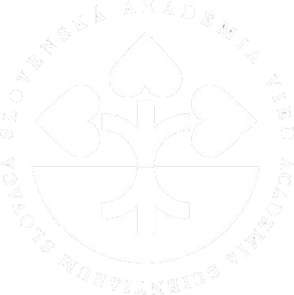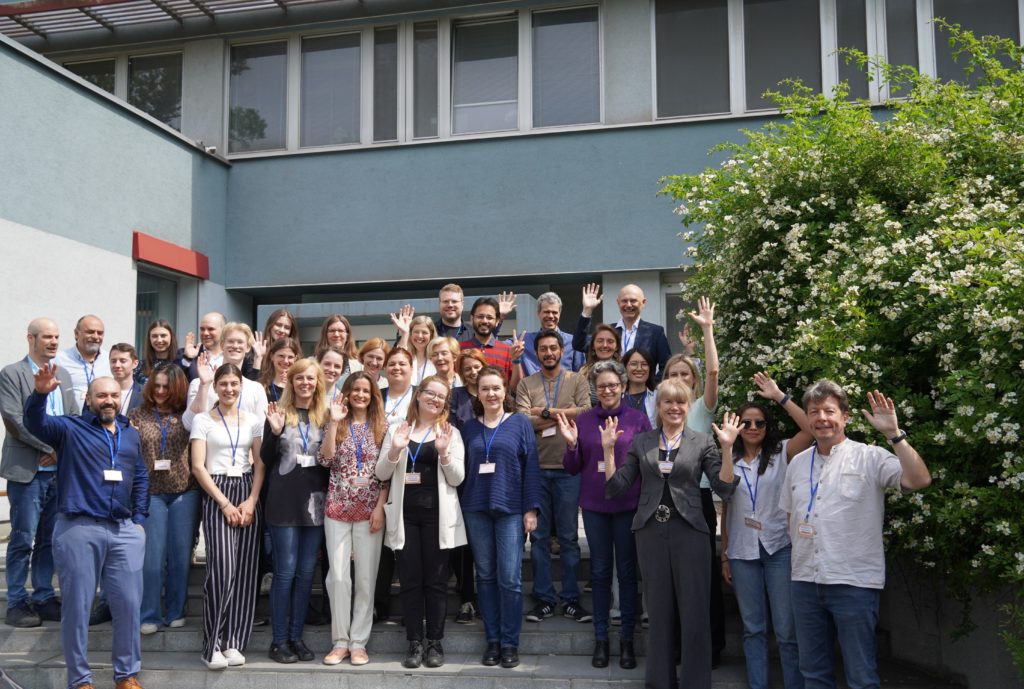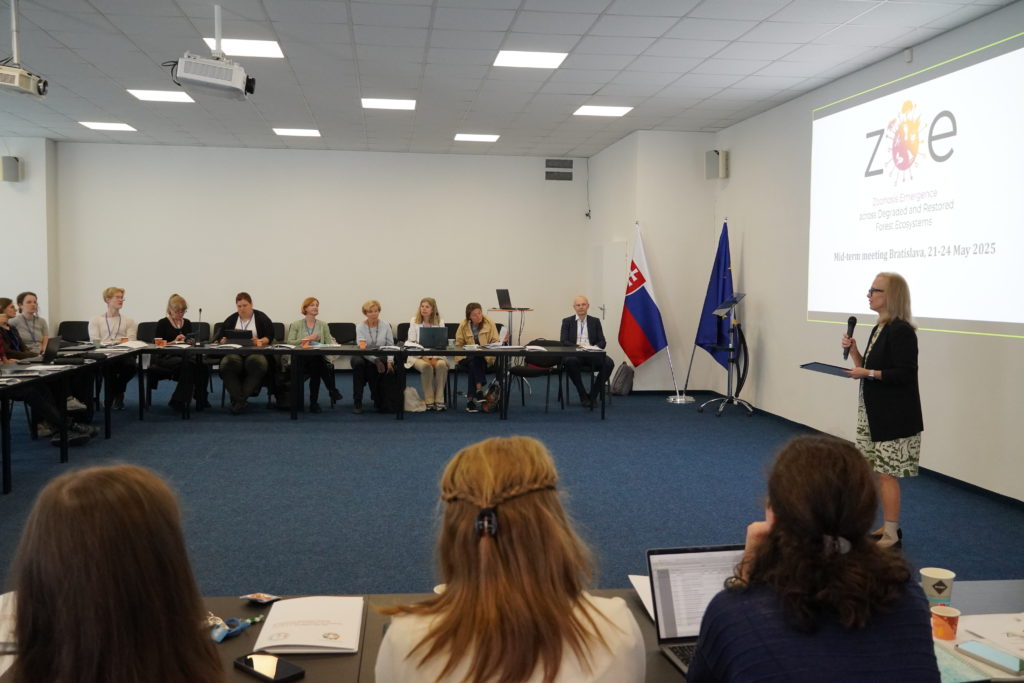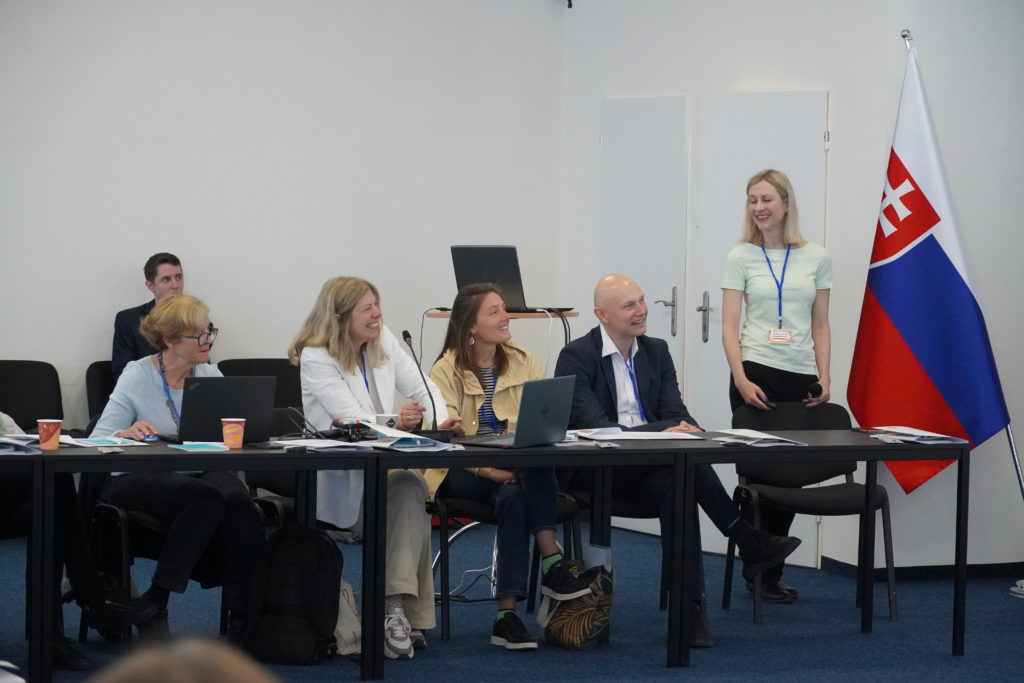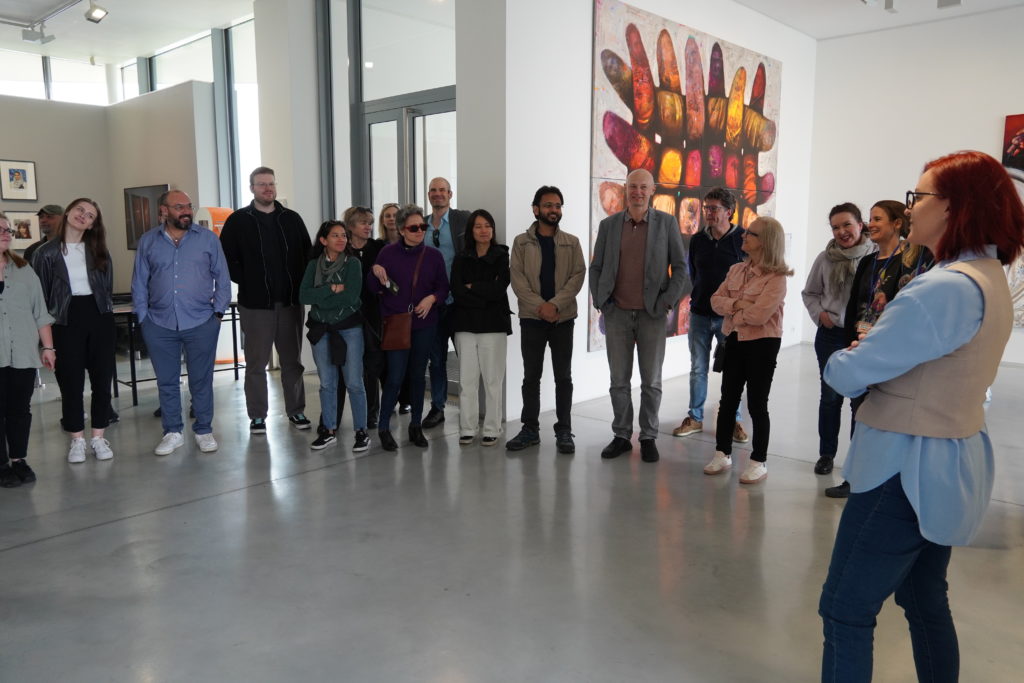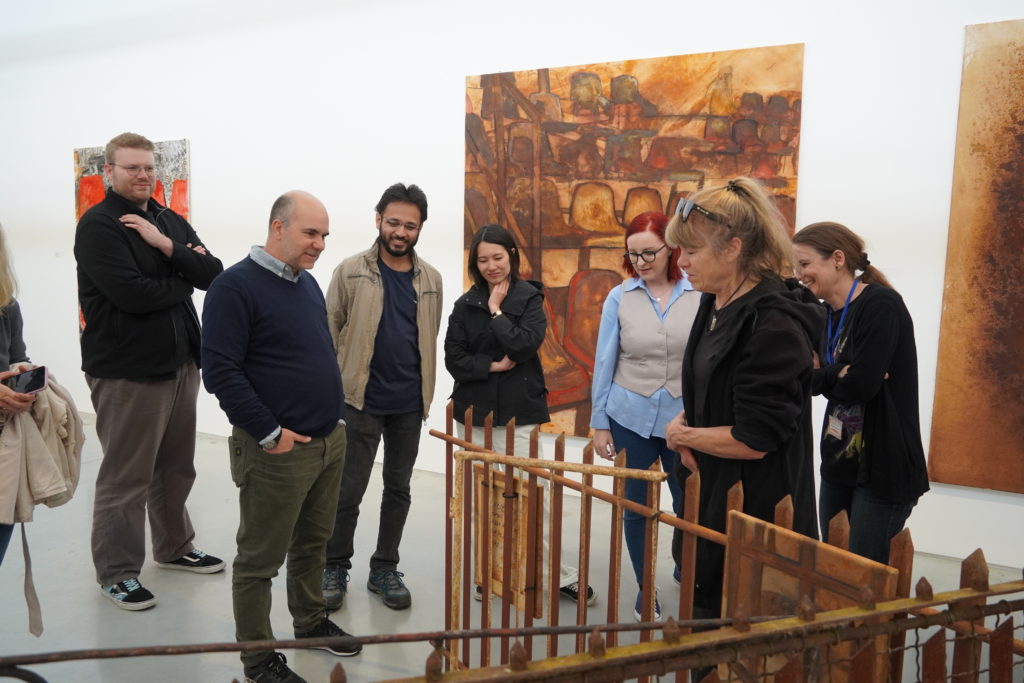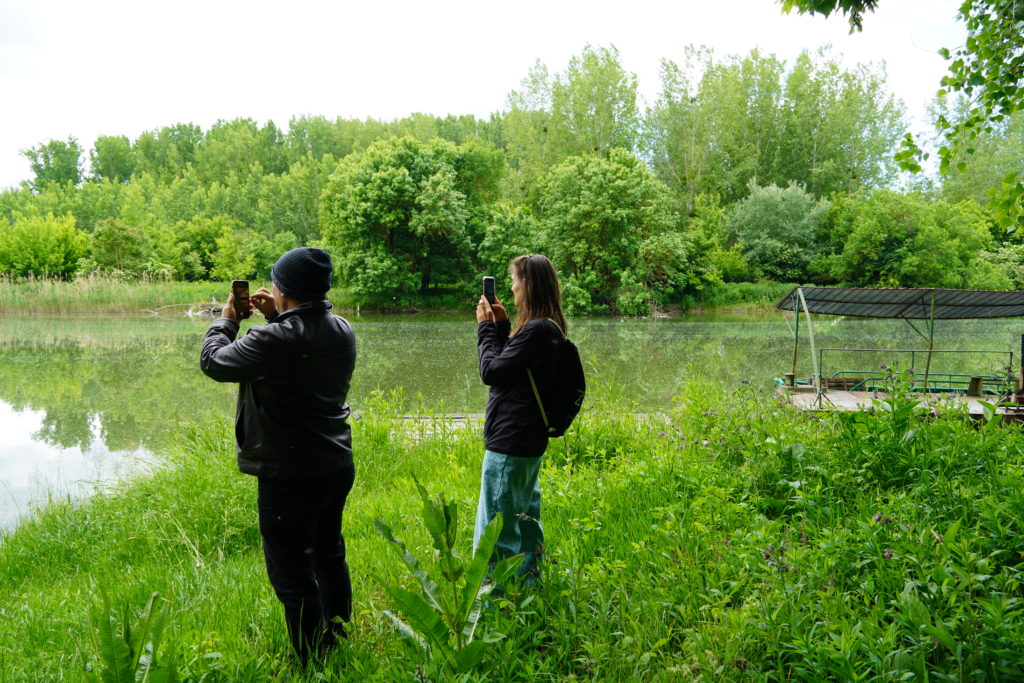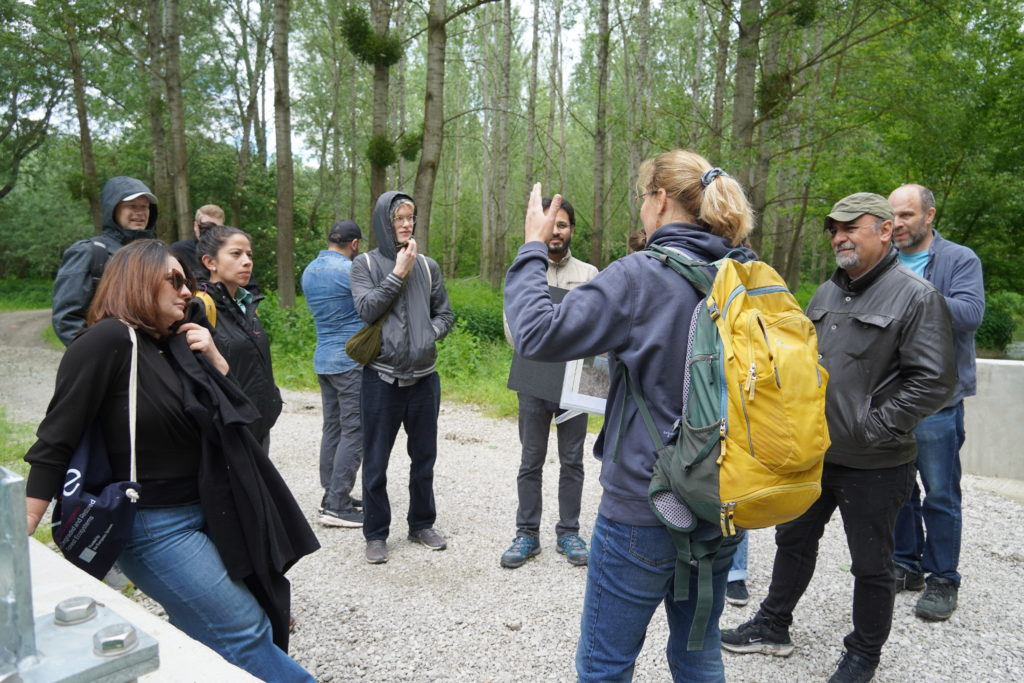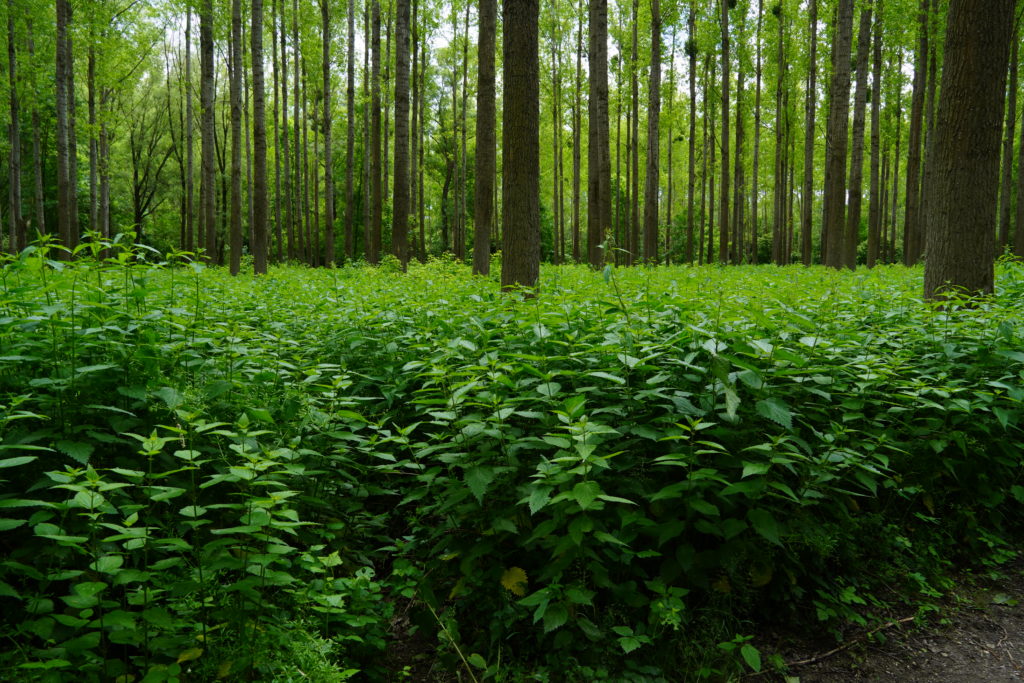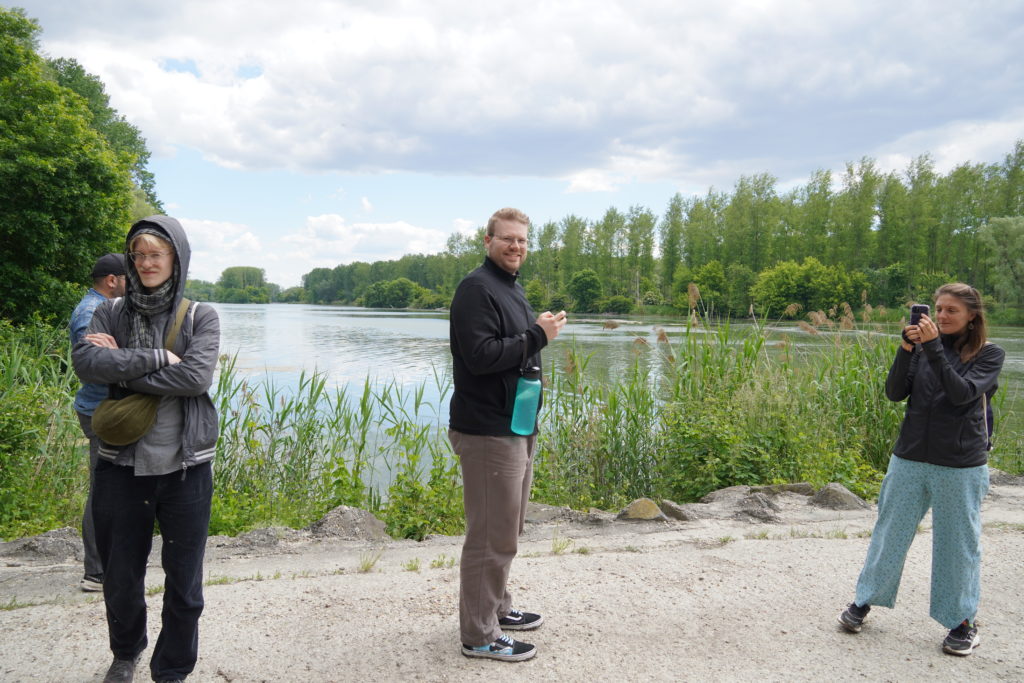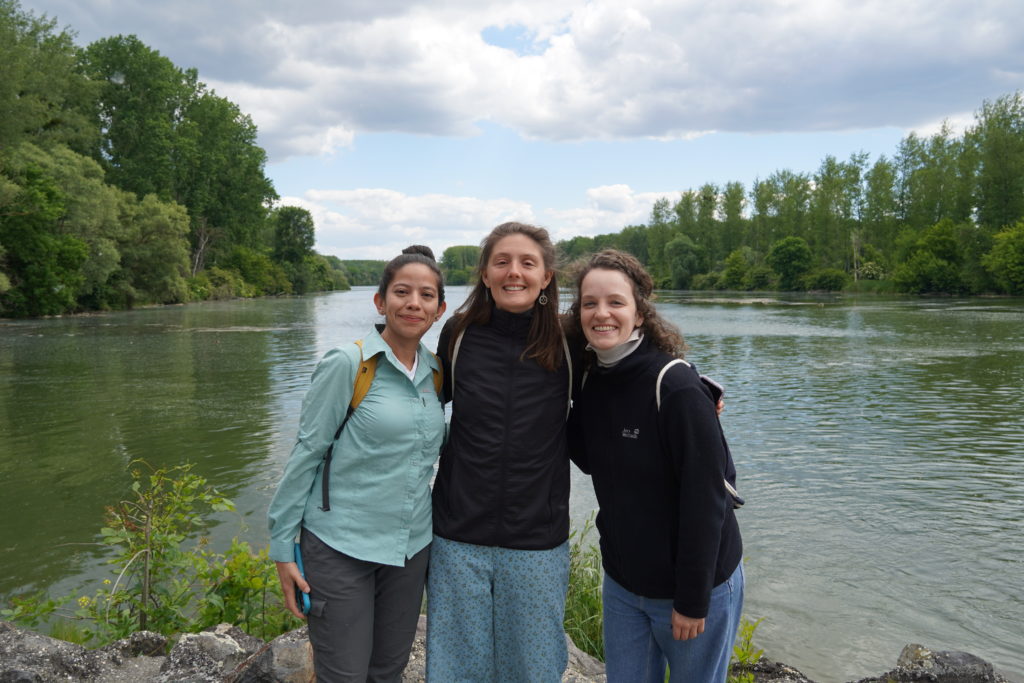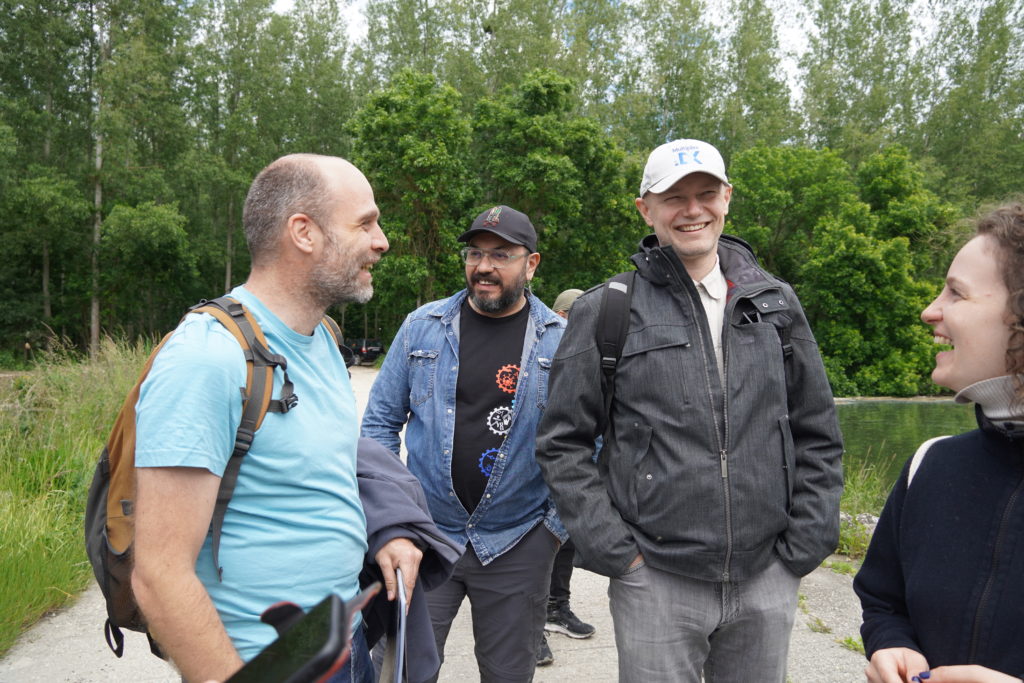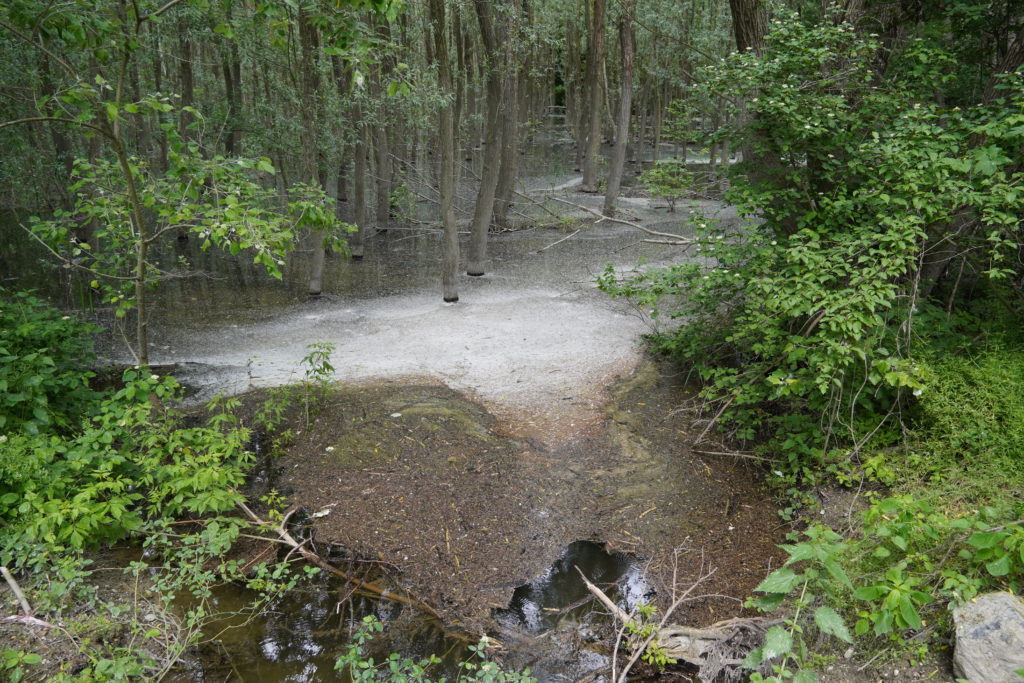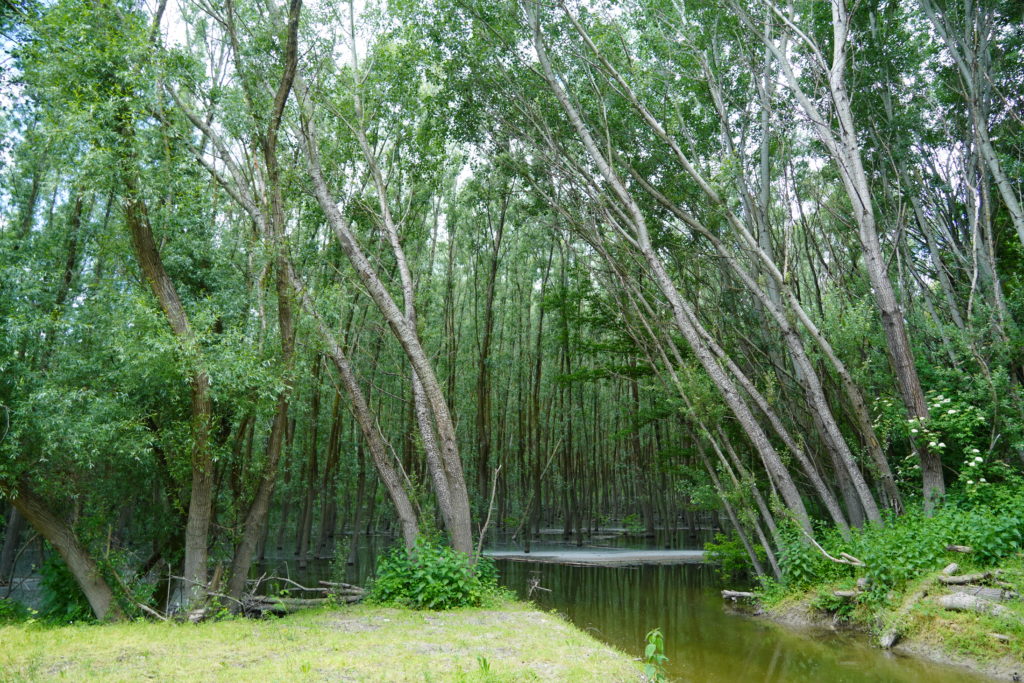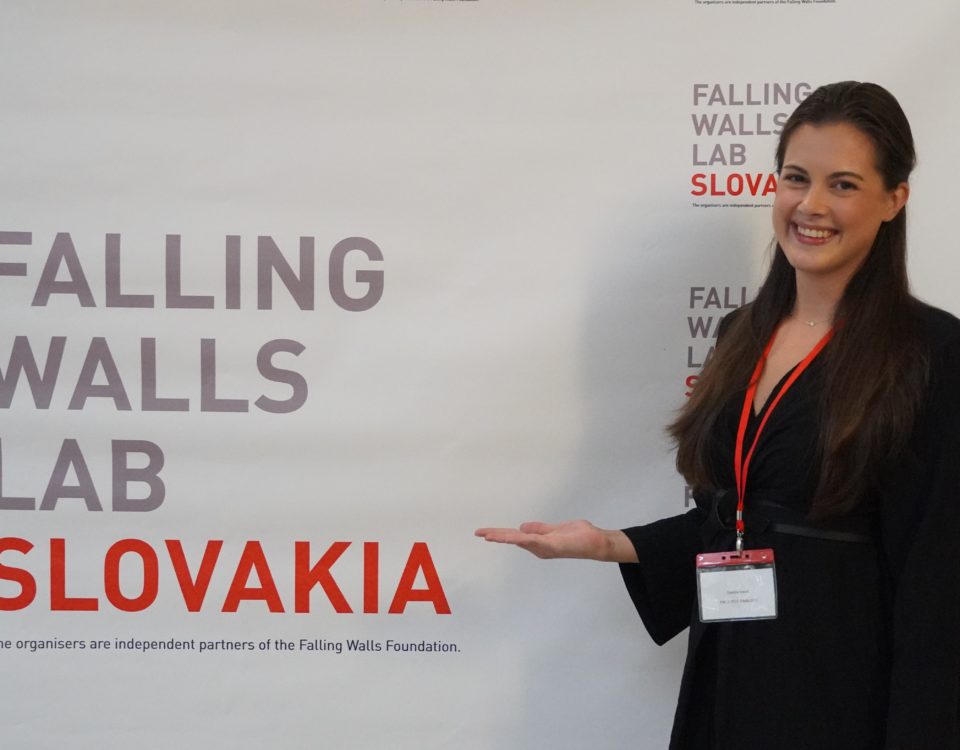This website uses cookies so that we can provide you with the best user experience possible. Cookie information is stored in your browser and performs functions such as recognising you when you return to our website and helping our team to understand which sections of the website you find most interesting and useful.
We presented the first results in the international project on zoonoses ZOE
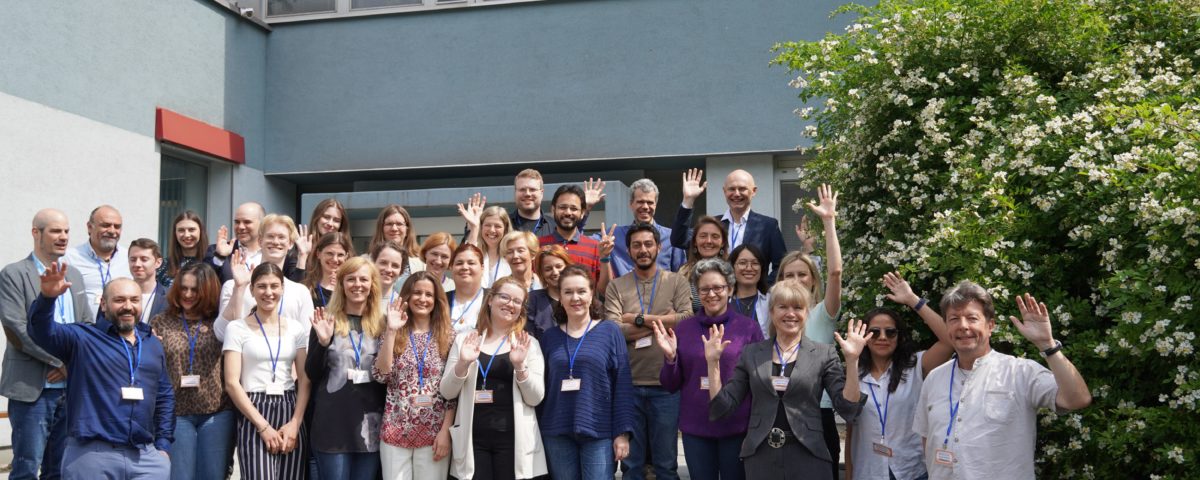
Group photo of the ZOE project meeting participants.
Scientists from eleven countries discussed at the Biomedical Research Center of the Slovak Academy of Sciences (BMC SAS) at a meeting within the framework of the international ZOE project on zoonotic infectious diseases. From 21 to 24 May, they reviewed the first sub-results, debated the challenges and also visited the Danube flood plains and the Danubiana Gallery.
“One of the partial results we discussed is the first modelling showing that climate change will lead to more human cases of tick-borne encephalitis in spring and late summer or autumn, and in summer, because it is so hot and dry, the amount of human cases will decrease,” says Dr Boris Klempa, who is responsible for the project on behalf of the BMC SAS.
According to him, the multidisciplinarity is the strongest aspect of the project, which aims to contribute to the early identification of the increased risk of animal-borne infectious diseases. In addition to virologists, sociologists, geographers and ecologists were at the meeting. The project is also unique in having representation from two continents – in addition to European countries, researchers from Mexico, Guatemala and Costa Rica are also participating.
Nadja Kabisch from the German Leibniz Universität Hannover, the institution that together with University Clinic Charité Berlin coordinate the project, praised both the professional organisation of the meeting and the productive discussions on the progress of the project. “Among other things, we also discussed the first results from the field sampling during the previous months, including the vegetation mapping that took place for the first time just a few weeks ago in Bratislava.”
In Bratislava and its neighbourhood, BMC SAS scientists have been collecting small rodents, mosquitoes and ticks in different types of environments in order to investigate the presence of bacteria and viruses. The field research is planned for two years. In addition to Slovakia, it is being carried out in Guatemala, Costa Rica and Slovenia.
The researchers want to find out how much the changes in land use and loss of biodiversity affect the transmission of pathogens between animals and humans.
Text and photo: E. Rybárová
- Group photo of the ZOE project meeting participants.
- ZOE project meeting in Bratislava.
- ZOE project meeting in Bratislava.
- Visit of Danubiana gallery.
- Visit of Danubiana gallery.
- Visit of the Danube flood plains.
- Visit of the Danube flood plains.
- Visit of the Danube flood plains.
- Visit of the Danube flood plains.
- Visit of the Danube flood plains.
- Visit of the Danube flood plains.
- Visit of the Danube flood plains.
- Visit of the Danube flood plains.
- Visit of the Danube flood plains.
- Visit of the Danube flood plains.






